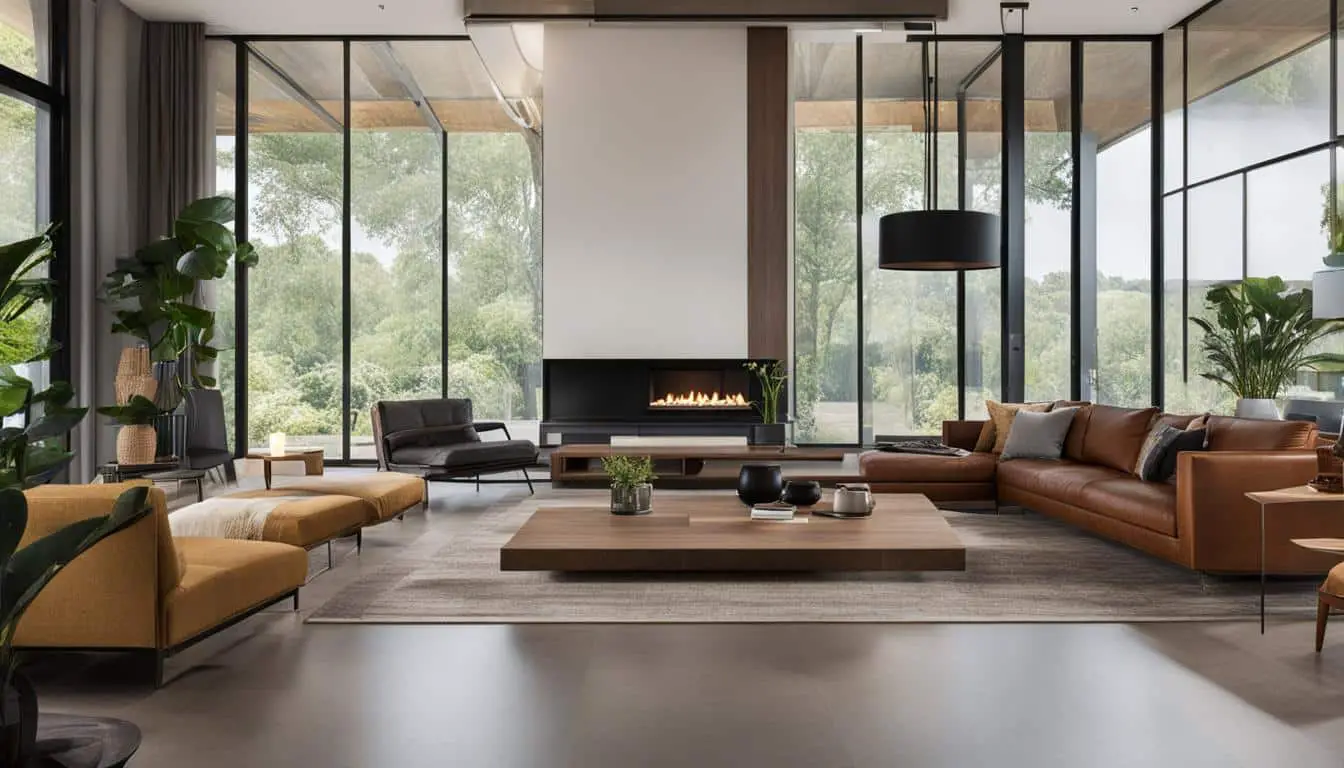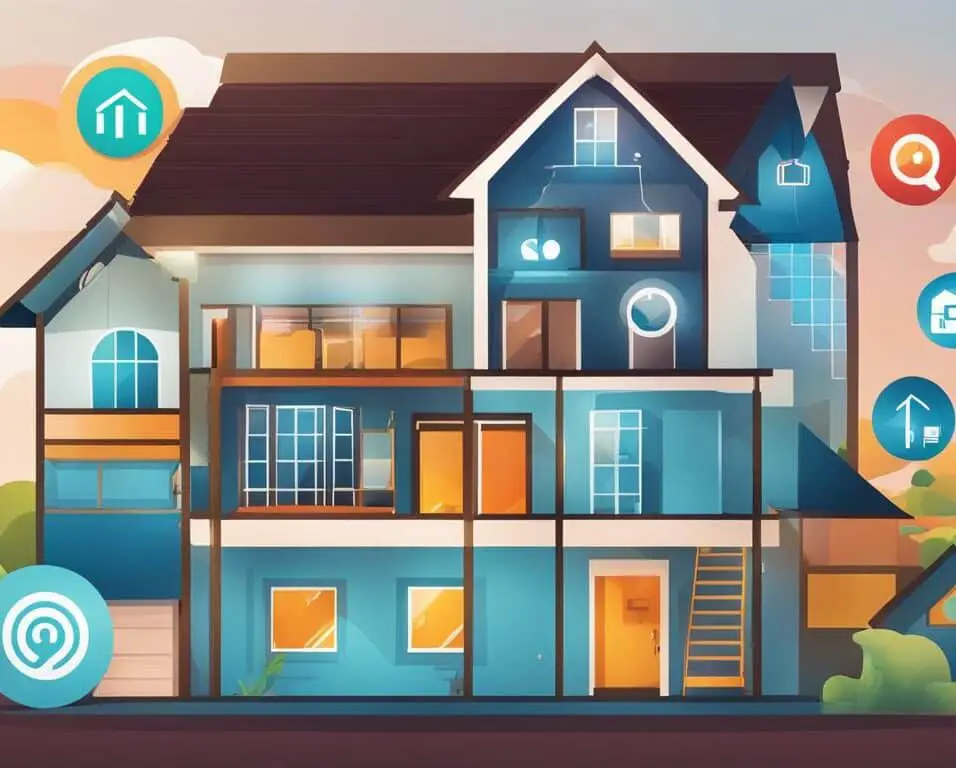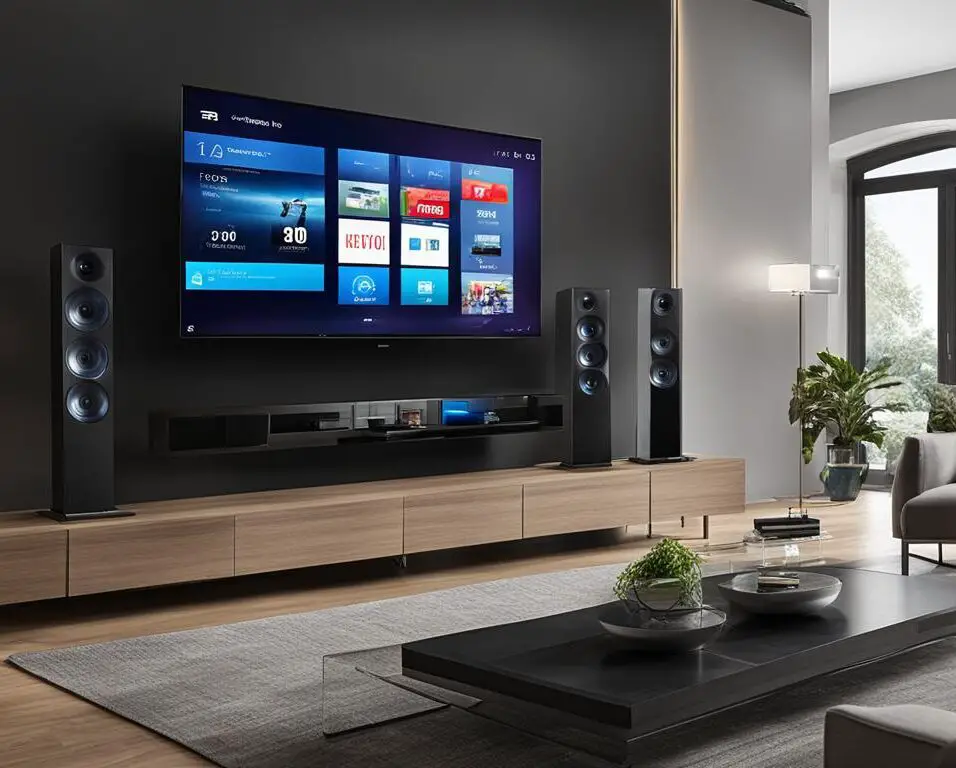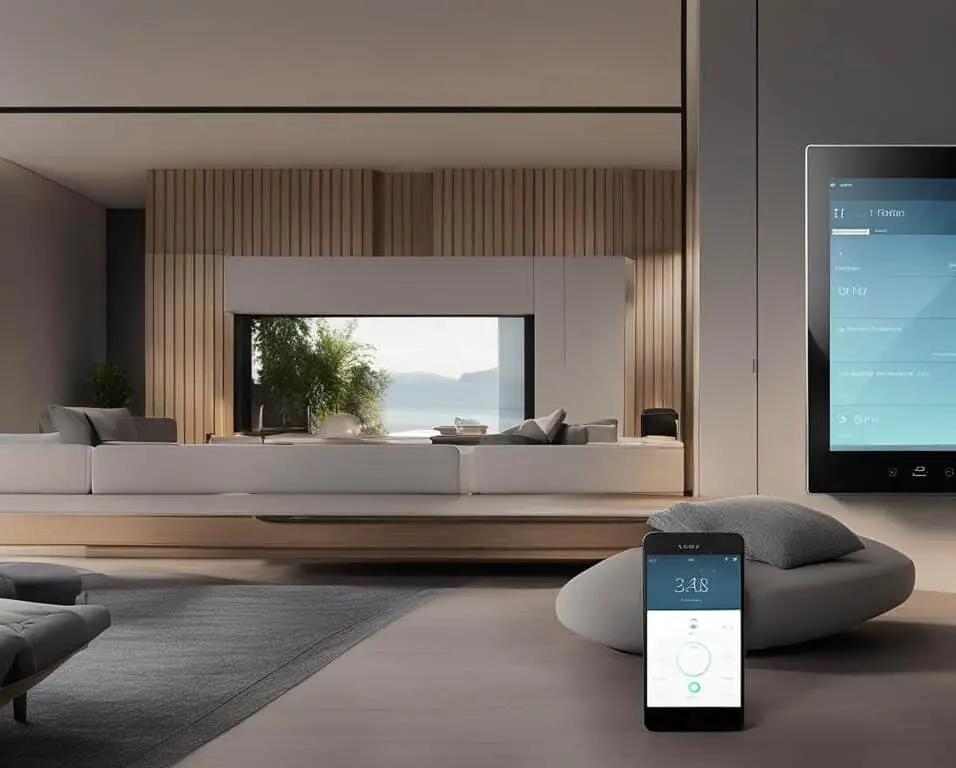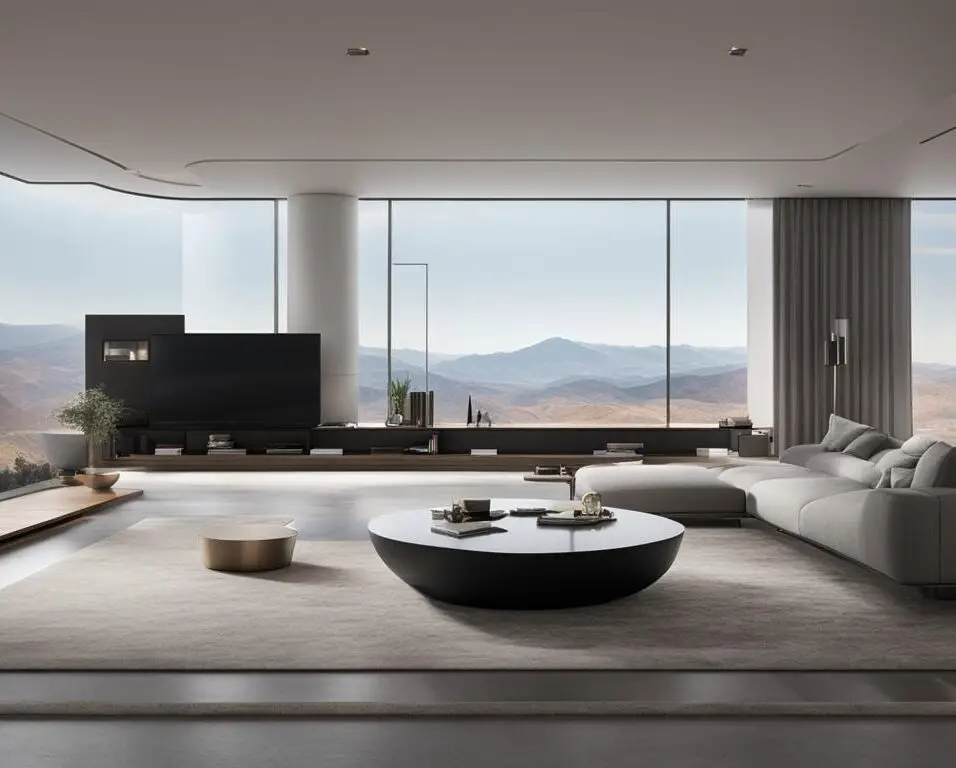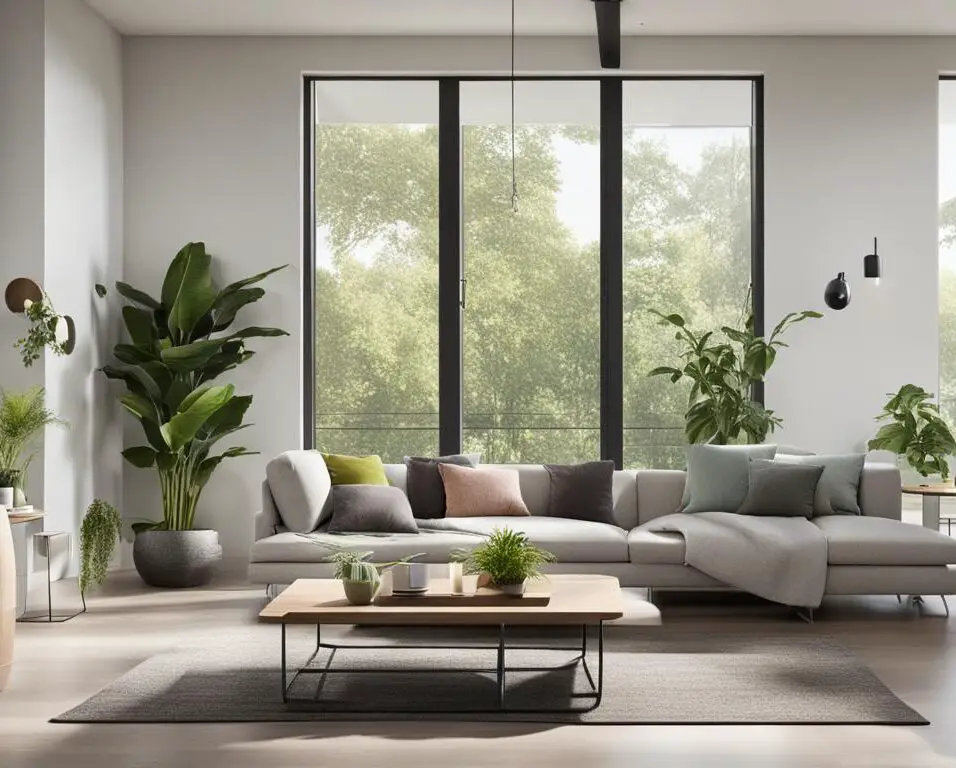How to Retrofit Your Home with Smart Tech
Retrofitting Homes with Smart Technology is a growing trend in the world of home automation systems. With the advancements in smart home installation, it has become easier than ever to upgrade your existing home with cutting-edge smart tech.
If you already live in a furnished house or apartment, retrofitting a smart home can be slightly more complex. However, with the right knowledge and products, it is entirely possible to transform your space into a smart haven without the need for extensive renovations.
One popular option for retrofitting is the Gira System 3000. This smart technology is integrated directly into the switch, eliminating the need for drilling additional cables or using a server. With this system, you can easily retrofit specific rooms in your home, such as the living room or study, without affecting the conventional switches in other areas.
The Gira System 3000 offers seamless control of lights, blinds, and heating. You can adjust settings directly at the switch or conveniently through an app on your smartphone or tablet. With the flexibility to schedule tasks, control brightness, temperature, and blind position, retrofitting your home with smart tech has never been more convenient.
Key Takeaways:
- Retrofitting your home with smart tech is a great way to upgrade your existing space without extensive renovations.
- The Gira System 3000 is an excellent option for retrofitting, as it integrates smart technology directly into the switch.
- With the Gira System 3000, you can control lights, blinds, and heating through switches or a smartphone app.
- Retrofitting allows for customization and gradual investment in smart features.
- The future of retrofitting with smart technology holds even more options and possibilities for homeowners.
Benefits of Retrofitting Smart Technology in Existing Homes
Retrofitting smart technology in existing homes offers several benefits. It allows homeowners to upgrade their current living space with convenience, energy efficiency, security, and comfort. Unlike new builds, retrofitting allows for a more affordable smart solution, as homeowners can add smart features gradually, spreading out the investment over time. By retrofitting smart technology, homeowners can enjoy the same advantages as those who incorporate it from the start, without the need for immediate investment. It also provides the flexibility to customize the smart home to cater to specific needs and preferences. Researching smart devices and manufacturers, seeking professional help for installation, and starting small before expanding are key steps in a successful retrofitting project.
One of the main benefits of retrofitting smart technology in existing homes is the ability to enhance convenience. With smart home solutions, homeowners can control various aspects of their homes with just a few taps on their smartphones or voice commands. They can remotely control lighting, adjust temperatures, and even monitor security cameras when away from home. This level of control not only improves everyday convenience but also contributes to a more efficient and connected lifestyle.
Retrofitting with smart technology also offers energy-efficient upgrades. Smart devices and systems can be integrated to optimize energy consumption, reducing utility bills and environmental impact. For example, homeowners can install smart thermostats that learn their preferred temperature settings and automatically adjust them based on occupancy patterns. This not only saves energy but also creates a more comfortable living environment. By retrofitting with IoT technology, homeowners can take advantage of energy-efficient innovations without the need for extensive renovations.
Furthermore, retrofitting existing homes with smart technology contributes to sustainable home improvements. By using energy-efficient devices and leveraging automation, homeowners can make their homes more eco-friendly. Retrofitting with IoT technology also helps reduce waste, as it eliminates the need for extensive demolition or construction. With the ability to gradually add smart features, homeowners can prioritize sustainability and make conscious choices that align with their values.
Enhancing Security and Comfort
Retrofitting smart technology in existing homes goes beyond convenience and energy efficiency. It also enhances security and comfort. Homeowners can install smart security systems that provide real-time alerts and remote access to surveillance cameras. They can monitor their homes and receive notifications on their smartphones in case of any suspicious activities. Additionally, smart technology allows for customizable comfort settings, such as personalized lighting and automated blinds, to create the desired ambiance in each room.
| Benefits of Retrofitting Smart Technology in Existing Homes | |
|---|---|
| Convenience | Control various aspects of the home with ease |
| Energy Efficiency | Optimize energy consumption, reduce utility bills |
| Sustainable Home Improvements | Create an eco-friendly living environment |
| Enhanced Security and Comfort | Monitor home security and customize comfort settings |
The Future of Retrofitting with Smart Technology
Retrofitting with smart technology is revolutionizing the way we upgrade our homes. With an increasing range of smart devices for houses, homeowners now have the opportunity to integrate their existing infrastructure seamlessly into the world of smart living. Gone are the days of extensive renovations and complicated installations, as retrofitting allows for a more accessible and sustainable approach.
By embracing smart home integration, homeowners can enhance the functionality and connectivity of their homes without the need for major overhauls. Whether it’s adding smart thermostats, lighting systems, or security devices, retrofitting empowers individuals to enjoy the benefits of a smart home while minimizing disruption and costs.
Home renovation for smart living is not only beneficial for homeowners who own their properties but also for those who are renting. Retrofitting offers a flexible solution for individuals who want to experience the convenience and efficiency of smart technology without making permanent alterations. It provides an opportunity to customize living spaces according to personal preferences and adapt to the ever-evolving world of IoT.
The future of retrofitting is bright, with manufacturers continuously developing innovative solutions to make our homes smarter. As the market expands, there will be an increasing array of options for homeowners to choose from. Whether it’s retrofitting individual devices or implementing comprehensive smart systems, the possibilities for upgrading our homes to smart living are rapidly expanding.
FAQ
Can I retrofit a smart home system if my house is already furnished?
Yes, retrofitting a smart home can be slightly more complex if you already live in a furnished house or apartment. However, there are smart technologies available, such as the Gira System 3000, that can be easily integrated into your existing switches without the need for drilling additional cables or using a central server.
How does the Gira System 3000 work?
The Gira System 3000 functions autonomously, allowing you to control lights, blinds, and heating directly at the switch or through an app on your smartphone or tablet. It does not require a central server and can be retrofitted in specific rooms, leaving conventional switches in other rooms.
What are the benefits of retrofitting smart technology in existing homes?
Retrofitting smart technology in existing homes offers several benefits. It allows homeowners to upgrade their current living space with convenience, energy efficiency, security, and comfort. It is also a more affordable solution compared to incorporating smart features from the start, as homeowners can add them gradually over time. Retrofitting provides the flexibility to customize the smart home according to specific needs and preferences.
How can I start retrofitting my home with smart technology?
Researching smart devices and manufacturers, seeking professional help for installation, and starting small before expanding are key steps in a successful retrofitting project. It is important to find compatible systems and devices that can piggyback on your existing infrastructure.
Why is retrofitting with smart technology becoming popular?
Retrofitting with smart technology is becoming increasingly popular because it allows homeowners to connect their homes to the Internet of Things without the need for extensive renovations or power tools. It is a more sustainable approach and appeals to homeowners who may be unfamiliar with the IoT or are renting their homes.
What does retrofitting with smart technology involve?
Retrofitting with smart technology involves adding smart devices and systems to enhance the functionality and connectivity of existing appliances and infrastructure. This approach allows homeowners to upgrade their homes to smart living without the need for immediate investment or major renovations.
What does the future hold for retrofitting with smart technology?
As the market continues to develop, more retrofitting options will become available, providing homeowners with even more choices for upgrading their homes to smart living. Smart devices for houses and integration options for smart home systems will continue to evolve, making it easier for homeowners to incorporate smart technology into their retrofitting projects.



